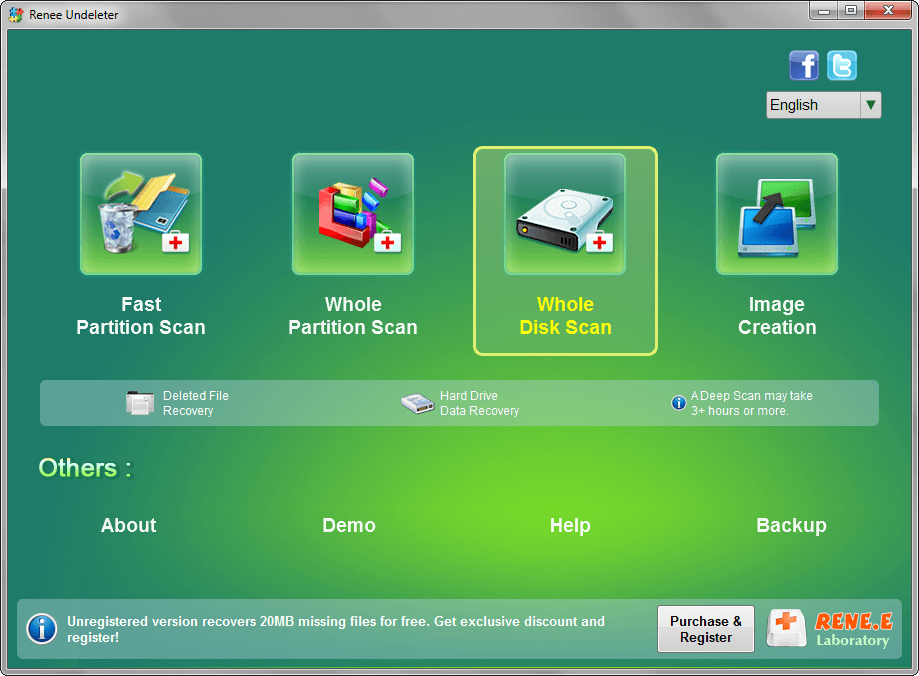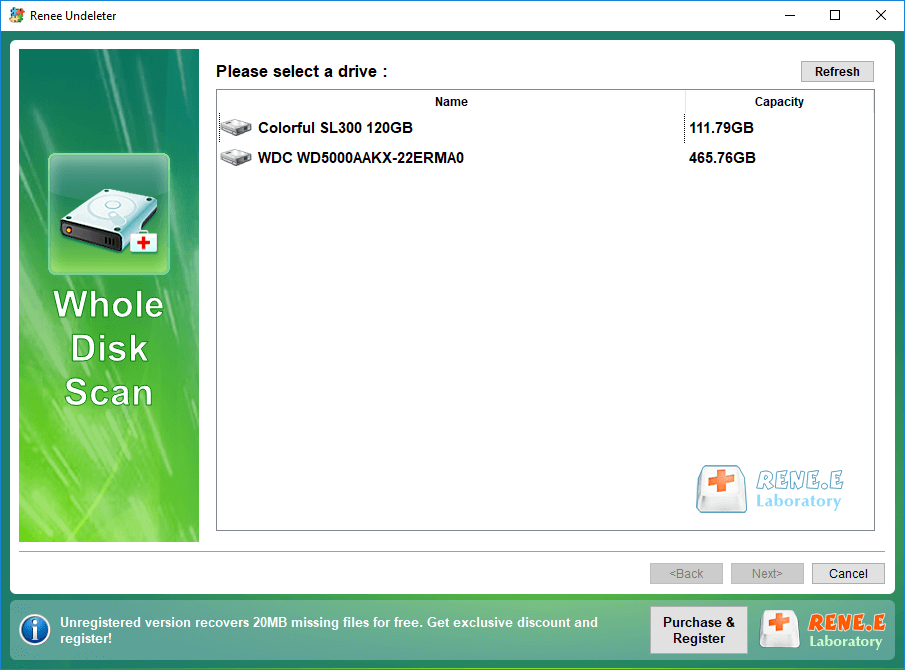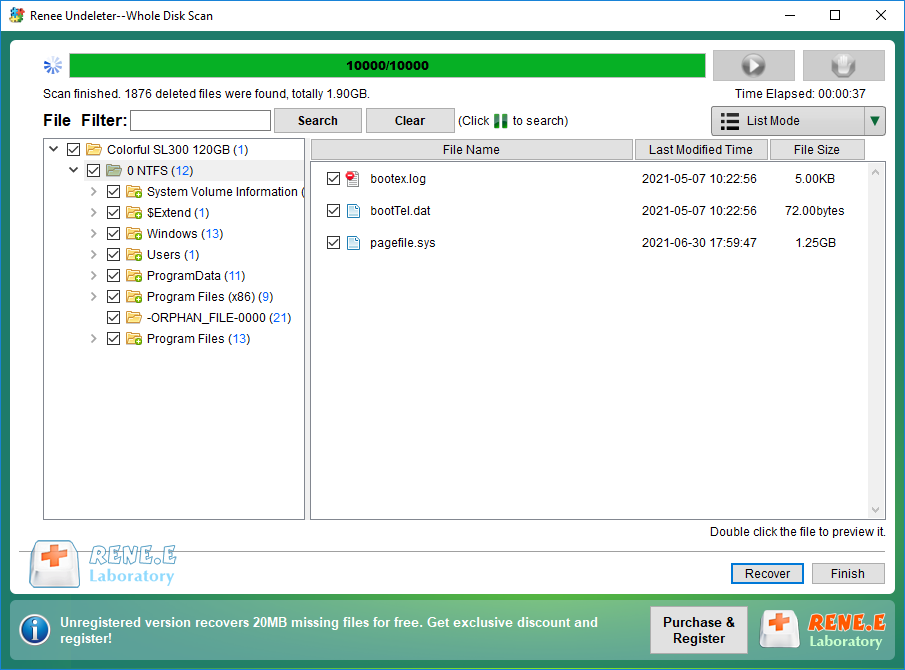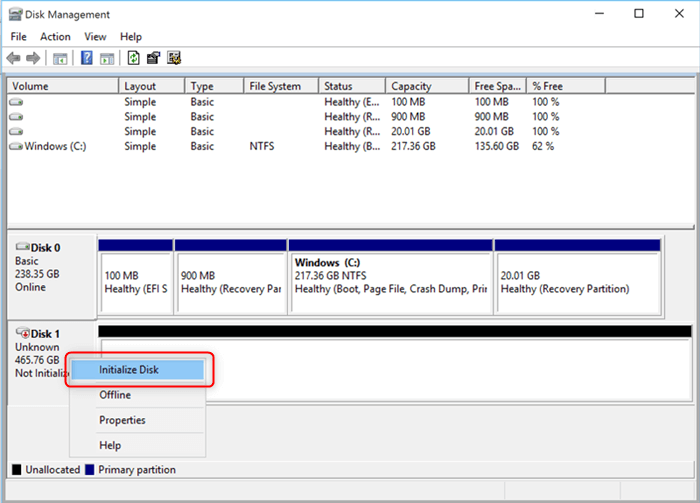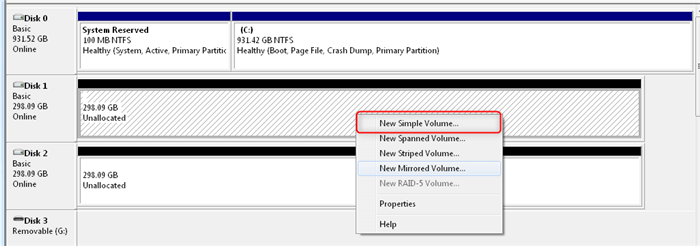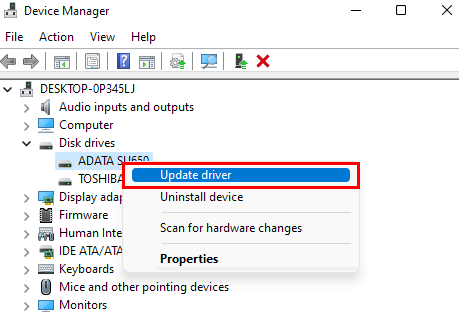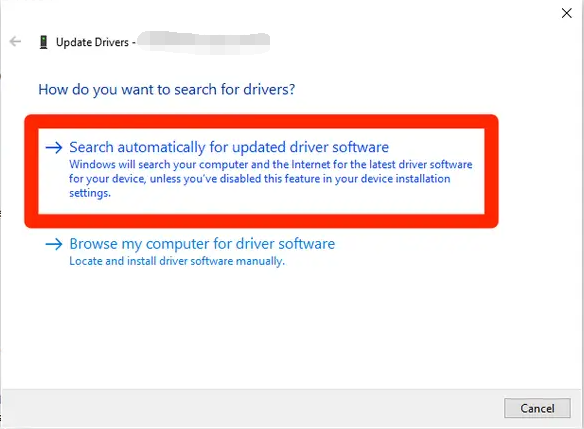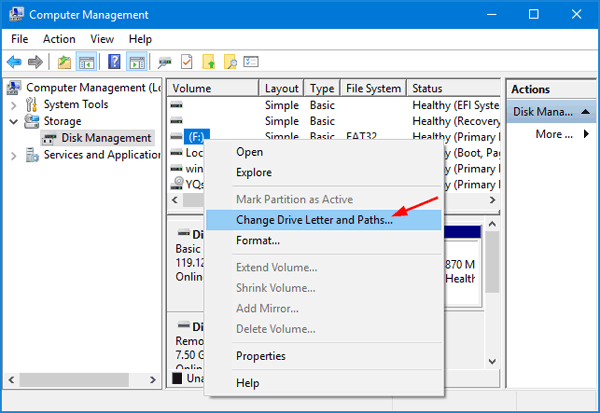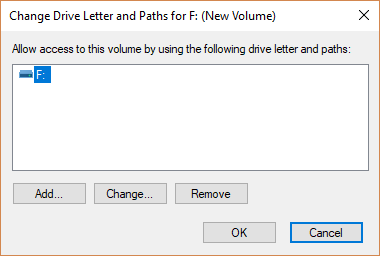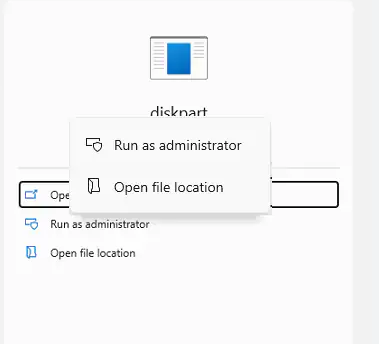Hard Drive Disappeared in Windows 10 – How To Fix
- Home
- Support
- Tips Data Recovery
- Hard Drive Disappeared in Windows 10 – How To Fix
Summary
Learn why Windows 10 can't find your hard disk and how to solve the issue. Discover data recovery methods to retrieve lost files.
Table of contents
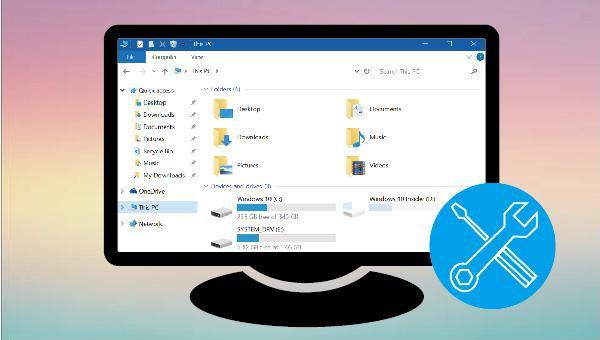


Easy to use Recover data by 3 steps;
Multiple scan modes Fast partition scan, whole partition scan and whole disk scan;
Supported file types Image, video, audio, text, email and so on;
Image creation Create a partition image to read and back up data;
Supported devices SD card, SDHC, SDXC, USB flash drive, hard disk and computer.
Easy to use Recover data by 3 steps;
Multiple scan modes Fast partition/whole partition/whole disk scan;
Supported devices SD card/USB/hard disk.
Free TrialFree TrialFree Trial 800 people have downloaded!Fast Partition Scan – Quickly retrieve files lost due to accidental deletion or emptying the recycle bin.
Whole Partition Scan – Quickly recover files lost due to inaccessible or formatted partitions.
Whole Disk Scan – Analyze and get partition information and perform a full scan of the entire partition.
Image Creation – You can create a mirror image for a partition to back up the current partition state.
Method 1: Clear hidden attributes
Method 2: Clear the no default drive letter attribute
After that, safely eject the hard disk, reconnect it to the computer, and open the file explorer to find the target hard disk.
Relate Links :
How To Check SSD Health? Find Out Here!
18-02-2024
Amanda J. Brook : This article explores the signs of damage in solid-state drives (SSDs) and provides insight into abnormal phenomena and...
How to Convert Dynamic Disk to Basic Disk without Data Loss?
28-07-2023
Jennifer Thatcher : Learn how to convert a dynamic disk to a basic disk in Windows system in just a few...
Top Secure Alternatives to OneDrive for Data Backup
03-04-2024
Ashley S. Miller : OneDrive provides a convenient platform for sharing and accessing data across devices, but for robust data backup solutions,...
11-11-2021
Amanda J. Brook : Compared with HDD, SSD has better shock resistance. Also, it is faster, lighter and less power-consuming. Inevitably, SSD...
- I. Windows 10 cannot find the hard disk/the reason why the hard disk disappears
- II. How to restore important data in the hard disk?
- 1. What is Renee Undeleter?
- 2. How to use Renee Undeleter to recover hard disk data?
- III. Windows 10 cannot find the hard disk/disappeared solution
- 1. Replace the USB port or data cable
- 2. Initialize the disk and create a new simple volume
- 3. Update the hard disk driver
- 4. Change the hard drive letter
- 5. Clear the hidden or no default drive letter attribute



